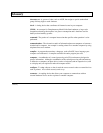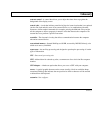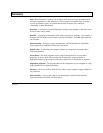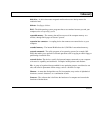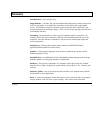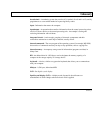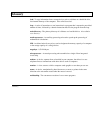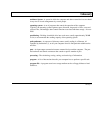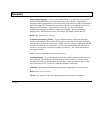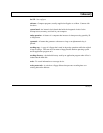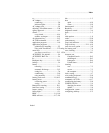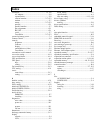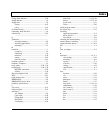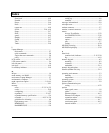
Glossary
programming language - A set of words, abbreviations, or symbols that are converted
into the binary numbers that represent instructions to the computer. Programming
languages enable programmers to write instructions using words or symbols and avoid the
time-consuming task of entering the long string of 0s and ls that represent the numeric
language of the computer. A programmer can use any one of several different
programming languages designed for a particular computer. Some programming
languages have more than one version (for example, Ms-BASIC and Gw-BAsic).
RAM - See random access memory.
random-access memory (RAM) - A type of internal memory used for the temporary
storage of information. The contents of random-access memory can be altered, allowing
information stored there to be processed. Unlike read-only memory, information in RAM
is usually lost when power is turned off. For this reason, information in RAM must be
saved on a storage device before the computer is turned off. Also called main memory
and system memory.
read - To access information from a storage device.
read-only memory - A type of internal memory that contains permanent instructions for
your computer, The contents of read-only memory cannot be altered. For this reason,
essential instructions are permanently stored in Rom. These instructions, such as those
that execute the self-test, are not lost when the computer is turned off.
resolution - The contrast between the display and the background on an LCD screen.
ROM - See read-only memory.
self-test - An automatic check the computer performs every time it is turned on.
12 Glossary



